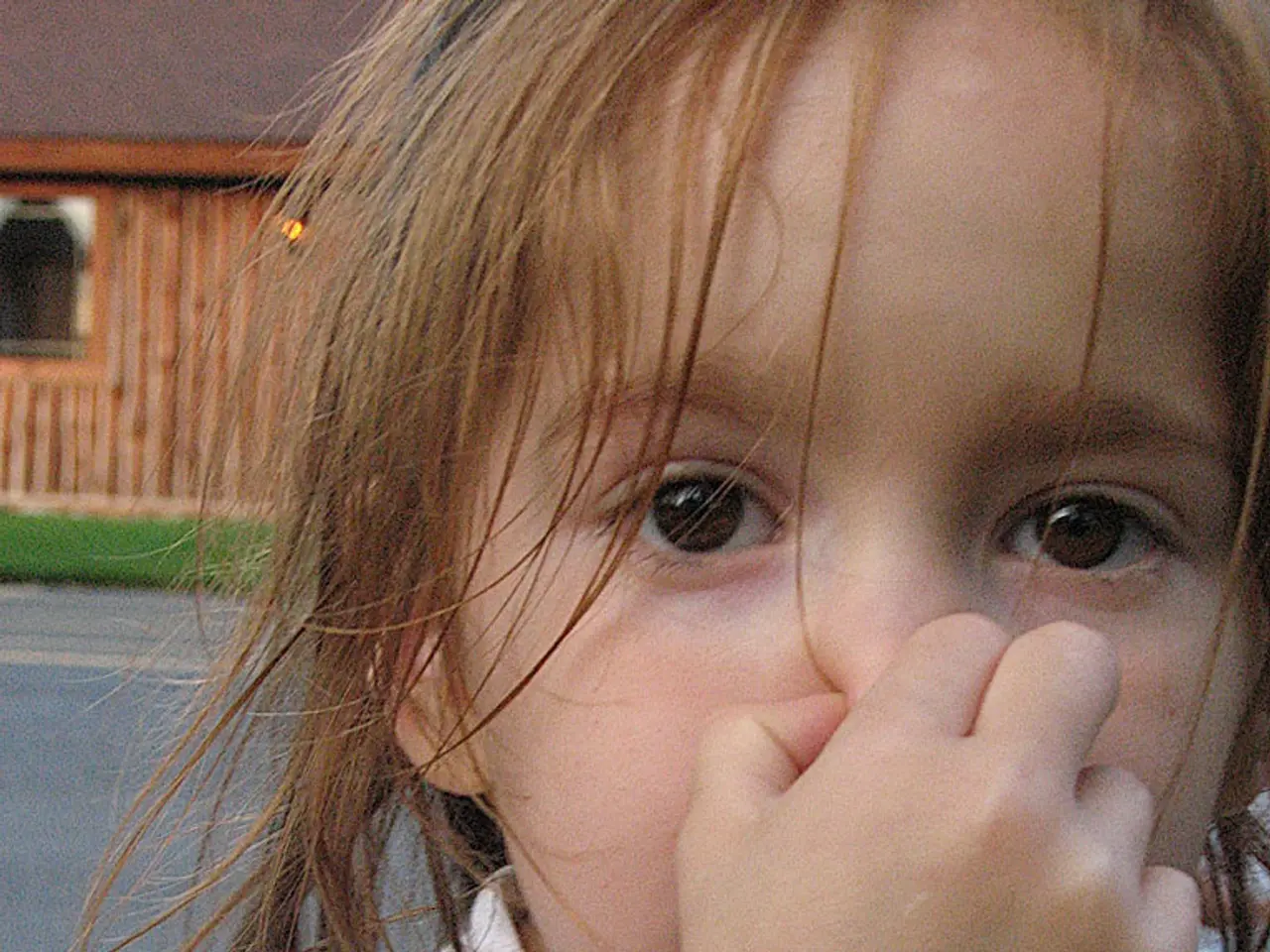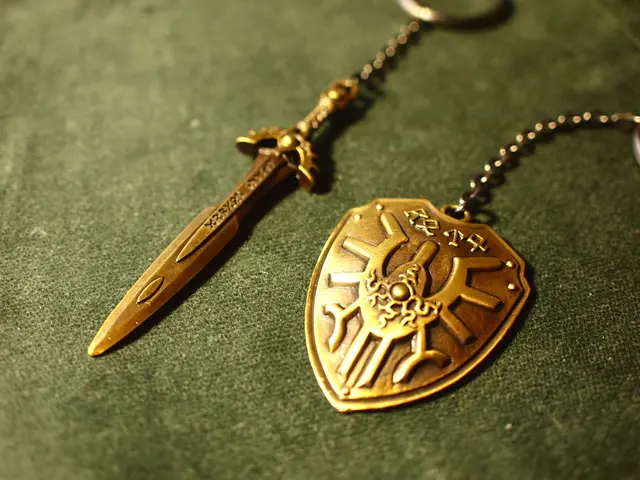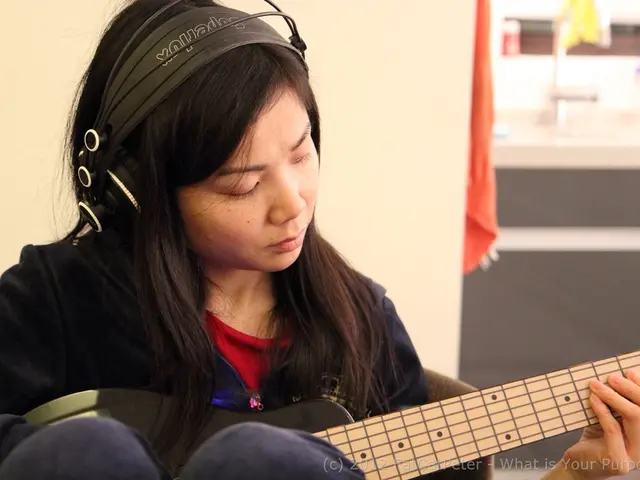Uncontrolled Nose Bleeds in Minor Pediatric Patients
Children between the ages of three to ten can sometimes experience nosebleeds, a common occurrence that is often harmless. However, if a sharp object has been inserted into a child's nose, it's crucial to consult a doctor immediately.
Nosebleeds in children can be of two types: Anterior and Posterior. Anterior nosebleeds, which are more common, occur from the front part of the nose. On the other hand, Posterior nosebleeds are rare in children and usually occur due to serious injury to the nose or face.
Common causes of recurrent nosebleeds in children include dry air (especially in winter or dry climates), which dries out and cracks the nasal lining; nose picking or frequent rubbing, which damages delicate blood vessels in the front of the nose (Kiesselbach's plexus); allergies or colds causing inflammation and irritation; exposure to irritants such as smoke or strong odors; minor injuries or bumps to the nose; and, less commonly, structural nasal issues or underlying medical conditions like clotting disorders or vitamin deficiencies.
To stop a nosebleed in a child, have them sit upright, apply ice to the outer walls of the nose and neck, and have them gently press the soft bridge of the nose for 20-30 minutes. For more stubborn nosebleeds, an ENT (ear, nose, and throat) specialist may suggest cauterization.
Treatment options and management focus on addressing the underlying causes and protecting the nasal lining. This includes humidifying the air, discouraging nose picking or nose rubbing, treating allergies or colds effectively, avoiding environmental irritants, using topical treatments like saline nasal sprays or gels, and in severe or persistent cases, seeking an ENT specialist's evaluation.
If a child has regular nosebleeds, starts a new medicine, or shows signs of paleness and lack of response, it's important to consult a doctor. Parents are advised to seek specialist care if nosebleeds recur frequently, are heavy, or do not stop after 20 minutes, to rule out serious causes and get individualized treatment.
It's essential to remember that while nosebleeds are common in children, recurrent nosebleeds may be a cause for concern and should be addressed by a doctor. If you have any doubts or concerns, don't hesitate to seek medical advice.
[1] Mayo Clinic. (2021). Nosebleeds in children. https://www.mayoclinic.org/diseases-conditions/nosebleeds-in-children/symptoms-causes/syc-20374493
[2] American Academy of Pediatrics. (2020). Nosebleeds in children. https://www.healthychildren.org/English/health-issues/conditions/ears-nose-throat/Pages/Nosebleeds-in-Children.aspx
[3] Cleveland Clinic. (2021). Nosebleeds in children. https://my.clevelandclinic.org/health/diseases/12008-nosebleeds-in-children
[4] National Health Service (UK). (2021). Nosebleeds in children. https://www.nhs.uk/conditions/nosebleed/children/
[5] KidsHealth. (2021). Nosebleeds. https://kidshealth.org/en/parents/nosebleed.html
Read also:
- Long-Term Prescription Drug Impact on Brain Function
- Benefits, sources, and supplements for Vitamin D and its role in addressing osteoporosis
- Diabetes Management during Pregnancy: Keeping Tabs on Blood Sugar Levels and Lifestyle Adjustments
- Life Expectancy with Interstitial Cystitis: Exploration of Research, Treatment Methods, and Additional Information








